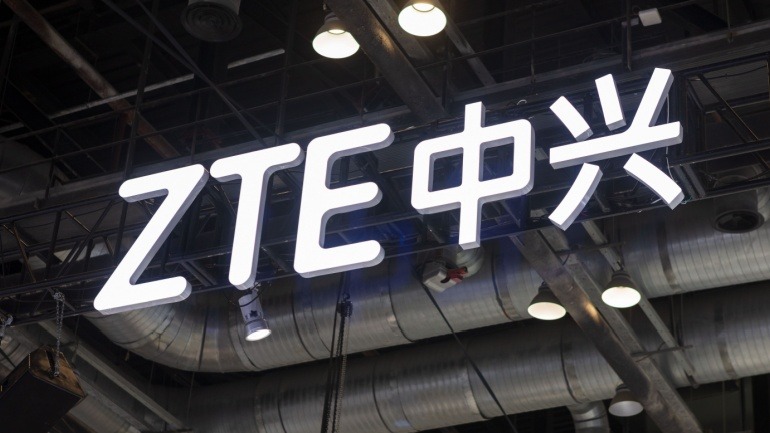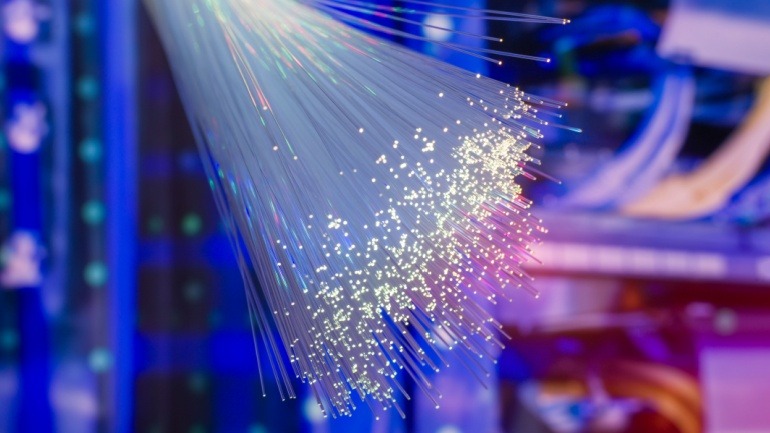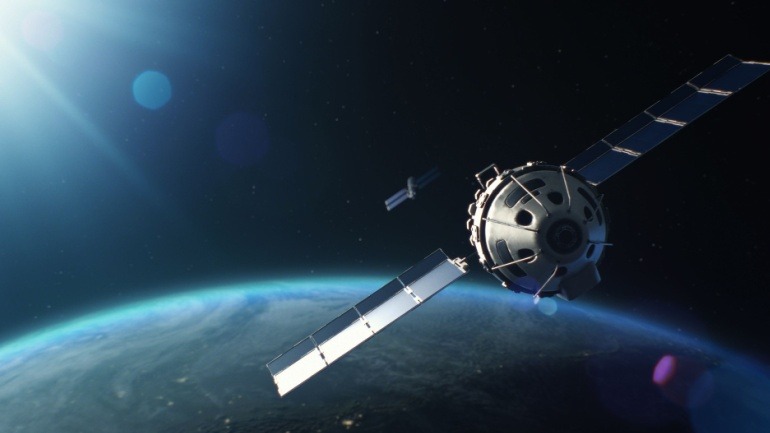Britvic has partnered with IoT provider Wireless Logic to implement telemetry data from its new digital flavour taps, enhancing logistics and sustainability. These taps replace up to 10,000 single-use plastic bottles, connecting directly to Britvic’s AWS cloud for real-time insights. This move aligns with Britvic’s Beyond the Bottle initiative.
Air France has teamed up with Starlink, a subsidiary of SpaceX, to offer high-speed VoIP-enabled WiFi onboard its fleet by 2025. This new technology aims to provide passengers with seamless connectivity, allowing multiple devices to connect simultaneously.
NTT Group is exploring a billion-dollar Real Estate Investment Trust in Singapore, potentially featuring $3 billion in data center assets. This initiative could raise $1 billion, marking it as Singapore’s largest IPO since 2017.
At the recent United Nations Summit of the Future 2024, ZTE showcased initiatives to bridge the digital divide in remote regions using advanced digital technologies. Highlights included a 5G base station at Kekexili for real-time monitoring of endangered species and various 5G projects supporting environmental conservation.
Vodafone and Kigen have introduced an integrated iSIM service, revolutionizing IoT deployments. This initiative incorporates iSIM chipsets into Kigen’s security package, providing pre-loaded iSIM connectivity optimized for Vodafone’s LPWA networks like NB-IoT and LTE-M.
Tessell, in collaboration with Microsoft Azure and NetApp, unveils the first ubiquitous Copilot for Cloud Databases, revolutionizing enterprise-grade database management. This innovative solution offers effortless Database Platform-as-a-Service (PaaS) on Azure, enhanced with Azure NetApp Files for superior cloud storage.
Alkira has expanded its Network Infrastructure as a Service platform to the Google Cloud Marketplace, building on its existing presence in Amazon Web Services (AWS) and Microsoft Azure. This move enhances businesses’ ability to connect users and applications across cloud environments without complex configurations. Deployed within GCP, Alkira offers advanced networking, robust security, and streamlined procurement.
Indian operator Bharti Airtel has significantly expanded its 5G network to encompass 140,000 villages across India. This initiative highlights Airtel’s commitment to enhancing digital connectivity in rural areas. Already covering 800,000 villages with its 4G network, Airtel’s expansion accelerates their mission of providing high-speed internet across India, supported by both 4G and 5G technologies.
Nokia and ZCorum have developed an innovative DOCSIS Provisioning Adapter (DPA) to aid cable operators in transitioning to fiber networks. This application leverages existing DOCSIS systems while provisioning Optical Network Terminals on Passive Optical Networks. The DPA streamlines the fiber transition, enhancing scalability, performance, and reliability for cable operators.
Barcelona-based satellite IoT provider Sateliot has secured €10 million in a Series B funding round led by Global Portfolio Investments. This investment will enhance Sateliot’s NB-IoT constellation, aiming for 100 satellites by 2028. The company plans to offer real-time global coverage, targeting sectors like agriculture, industry, and logistics.













